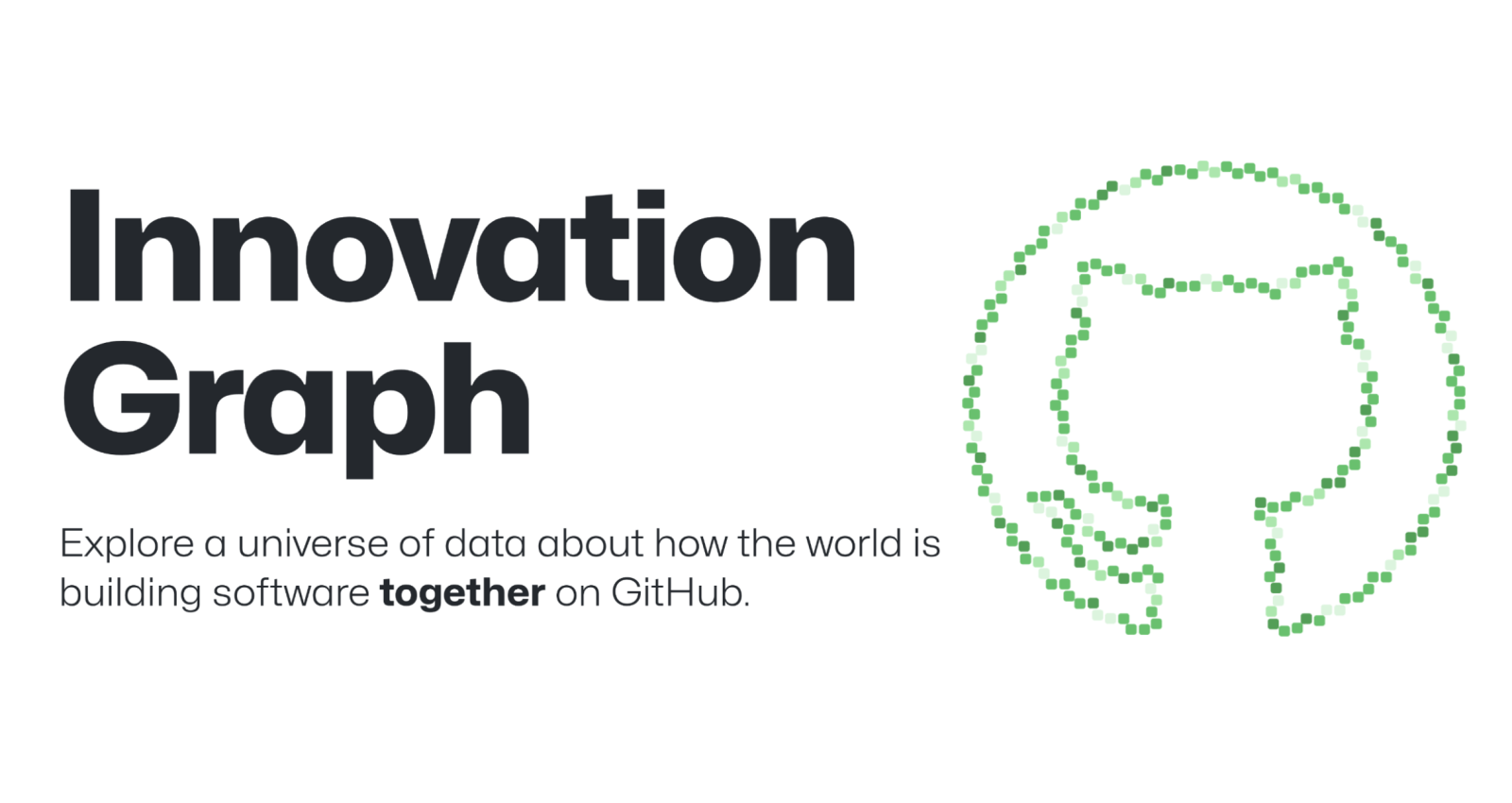Racing into 2025 with new GitHub Innovation Graph data
Discover the latest trends and insights on public software development activity on GitHub with the quarterly release of data for the Innovation Graph, updated through December 2024.

We launched the GitHub Innovation Graph to give developers, researchers, and policymakers an easy way to analyze trends in public software collaboration activity around the world. With today’s quarterly1 release, updated through December 2024, we now have five full years of data.
To help us celebrate, we’ve created some animated bar charts showcasing the growth in developers and pushes of some of the top economies around the world over time. Enjoy!
Animated bar charts
What a photo finish! The European Union surpassing the United States in cumulative git pushes was certainly a highlight, but we’d also note the significant movements of Brazil and Korea in climbing up the rankings.
Another close race, this time showing India outpacing the European Union in repositories between Q2 and Q3 2024.
Zooming into economies in APAC, we can appreciate the speed of developer growth in India, more than quadrupling in just 5 years.
Flying over to EMEA, we saw very impressive growth from Nigeria, which rose up from rank 20 in Q1 2020 to rank 11 in Q4 2024.
Finally, in LATAM, it was exciting to see how close most of the economies are in developer counts (with the exception of Brazil), with frequent back-and-forth swaps in rankings between economies like Argentina and Colombia, or Guatemala and Bolivia.
Want to explore more? Dive into the datasets yourself. We can’t wait to check out what you build.
Global line charts
We’ve also made a feature update that will enable you to quickly understand the global scale of some of the metrics we publish, including the numbers of public git pushes, repositories, developers, and organizations on GitHub worldwide.
Simply follow the installation steps for our newly released GitHub MCP Server, and you’ll be able to prompt GitHub Copilot in agent mode within VS Code to retrieve the CSVs from the data repo using the get_file_contents tool. Then, you can have the agent sum up the latest values for you.

Afterward, you can double-check its results with these handy charts that we’ve added to their respective global metrics pages for git pushes, repositories, developers, and organizations. Check them out below.
- The GitHub Innovation Graph reports metrics according to calendar year quarters, which correspond to the following: Q1: January 1 to March 31; Q2: April 1 to June 30; July 1 to September 30; and Q4: October 1 to December 31. ↩
Tags:
Written by
Related posts

We need a European Sovereign Tech Fund
Open source software is critical infrastructure, but it’s underfunded. With a new feasibility study, GitHub’s developer policy team is building a coalition of policymakers and industry to close the maintenance funding gap.

GitHub Availability Report: June 2025
In June, we experienced three incidents that resulted in degraded performance across GitHub services.

From pair to peer programmer: Our vision for agentic workflows in GitHub Copilot
AI agents in GitHub Copilot don’t just assist developers but actively solve problems through multi-step reasoning and execution. Here’s what that means.